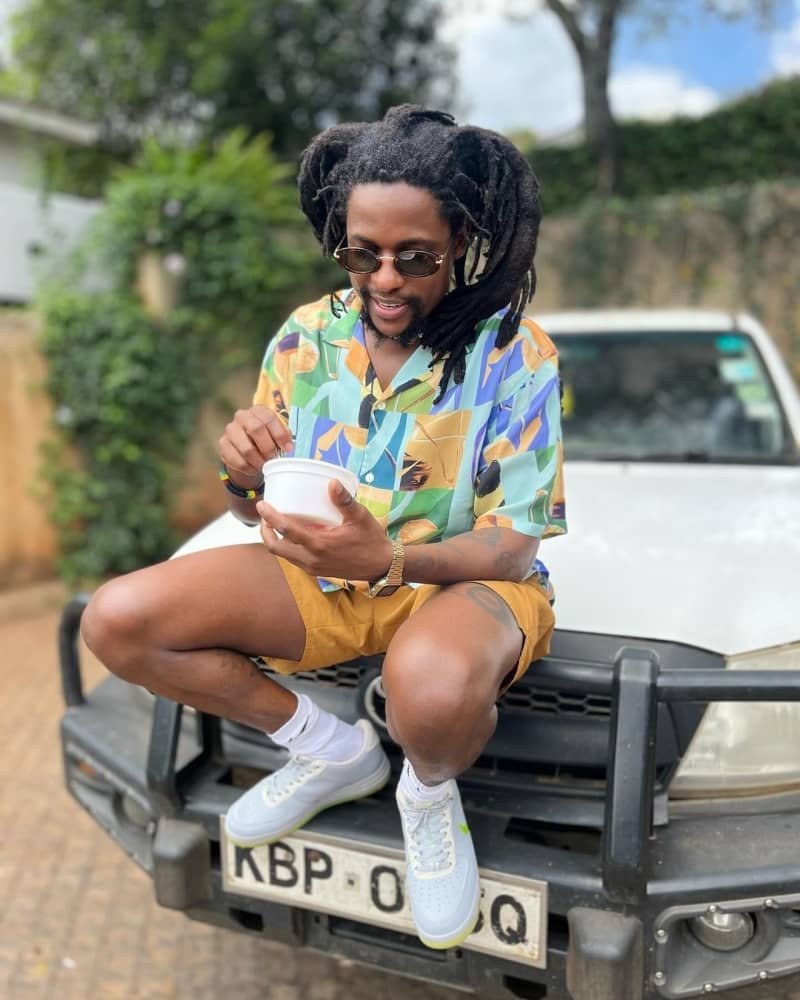The Evolution and Significance of Freeform Dreadlocks
Freeform dreadlocks, often referred to as “natural” or “organic” locs, represent a unique blend of fashion, culture, and personal expression. This hairstyle is characterized by allowing hair to lock and mat naturally without the use of combs, gels, or other styling tools. Unlike more structured methods that create uniform locks, freeform dreadlocks celebrate the natural texture and growth pattern of an individual’s hair, resulting in a distinctive appearance for each person.
Historical Moments That Shaped the Popularity of Freeform Dreadlocks
The journey of freeform dreadlocks through history has been marked by several key moments that influenced their popularity and cultural significance:
1960s and 1970s: The Rastafari Movement
During this era, freeform dreadlocks gained significant attention, particularly through the Rastafari movement in Jamaica. Figures like Bob Marley played a pivotal role in popularizing the style, associating it with spiritual beliefs, resistance to oppression, and a deep connection to African heritage. This period laid the foundation for the cultural and symbolic meaning that dreadlocks carry today.
1980s and 1990s: Mainstream Recognition
As reggae music spread globally, so did the appeal of dreadlocks. Celebrities such as Whoopi Goldberg and Lenny Kravitz embraced the style, bringing it into the mainstream. This period marked a shift from the association of dreadlocks solely with counterculture movements to a broader acceptance across different social groups.
2000s to Present: Diverse Adoption
In recent years, freeform dreadlocks have been embraced by a wide array of celebrities across various genres and industries. Artists like J. Cole, The Weeknd, and Zendaya have worn freeform locs, contributing to the hairstyle’s evolving cultural significance. Their influence has helped to normalize the style and expand its reach beyond traditional boundaries.
The Statement Made by Freeform Dreadlocks
Freeform dreadlocks are more than just a hairstyle; they are a powerful form of self-expression that conveys multiple messages:
Individuality and Natural Beauty
By allowing hair to lock naturally, wearers make a strong statement about self-acceptance and personal identity. This approach celebrates the unique qualities of an individual’s hair, emphasizing the beauty of natural textures and forms.
Cultural and Spiritual Connection
For many, especially within the Rastafari movement, freeform dreadlocks symbolize a connection to African roots and a rejection of Western beauty standards. They are often seen as a form of spiritual expression and a statement of resistance against societal norms. Some wearers describe them as spiritual antennae that help them connect to the spiritual realities of the universe.
Non-Conformity and Rebellion
Freeform dreadlocks often represent a rejection of mainstream societal expectations and a desire to stand out. This can be particularly appealing to artists and activists who wish to convey a message of independence and rebellion.
Common Misconceptions About Freeform Dreadlocks
Despite their cultural and personal significance, freeform dreadlocks are often subject to several misconceptions:
Lack of Hygiene
One of the most pervasive myths is that dreadlocks are dirty or unkempt. In reality, maintaining dreadlocks requires regular washing and care. The notion that they are inherently unhygienic is a stereotype rooted in ignorance and misunderstanding.
Professionalism
Another common misconception is that dreadlocks are unprofessional. This bias is often based on Eurocentric beauty standards that do not recognize the validity of diverse hairstyles. Many professionals, from lawyers to CEOs, successfully wear dreadlocks in various styles, challenging these outdated perceptions.
Exclusivity to Certain Cultures
While dreadlocks have strong ties to African and Afro-Caribbean cultures, they are not exclusive to these groups. Historical records show that many cultures throughout history, including ancient Egyptians, Greeks, and Hindus, have worn dreadlocks. This highlights their universal appeal and diverse historical roots.
Conclusion
Freeform dreadlocks are a powerful form of self-expression with deep cultural, spiritual, and historical significance. They challenge conventional beauty standards, celebrate individuality, and have been proudly worn by many influential figures over the years. Despite misconceptions, they continue to be a popular and meaningful choice for many around the world.

